How to prevent FIP recurrence after recovery?
Understanding FIP Pathogenesis and the Potential for Recurrence Post-GS-441524
- Understanding FIP Pathogenesis and the Potential for Recurrence Post-GS-441524
- Strategies for Immune System Support After GS-441524 Treatment is Concluded
- Environmental and Management Factors to Minimize FIP Recurrence Risk
- The Role of Ongoing Health Monitoring in Preventing FIP Relapse After GS-441524
- A Long-Term Health Plan for Cats Following Recovery from FIP with GS-441524
- Conclusion
- FAQ
- Trust BLOOM TECH for Your GS-441524 Needs
- References
Feline Infectious Peritonitis (FIP) is a complicated illness that has confused both cat owners and vets for a long time. Since the GS-441524 drug became available as a possible treatment, many cats have been given a new chance at life. But for people who have been through this terrible condition, the fear of recurrence looms big. To successfully stop FIP from coming back after recovery, it's important to know how the disease works and how the GS-441524 drug interacts with the feline coronavirus (FCoV) that causes fip.

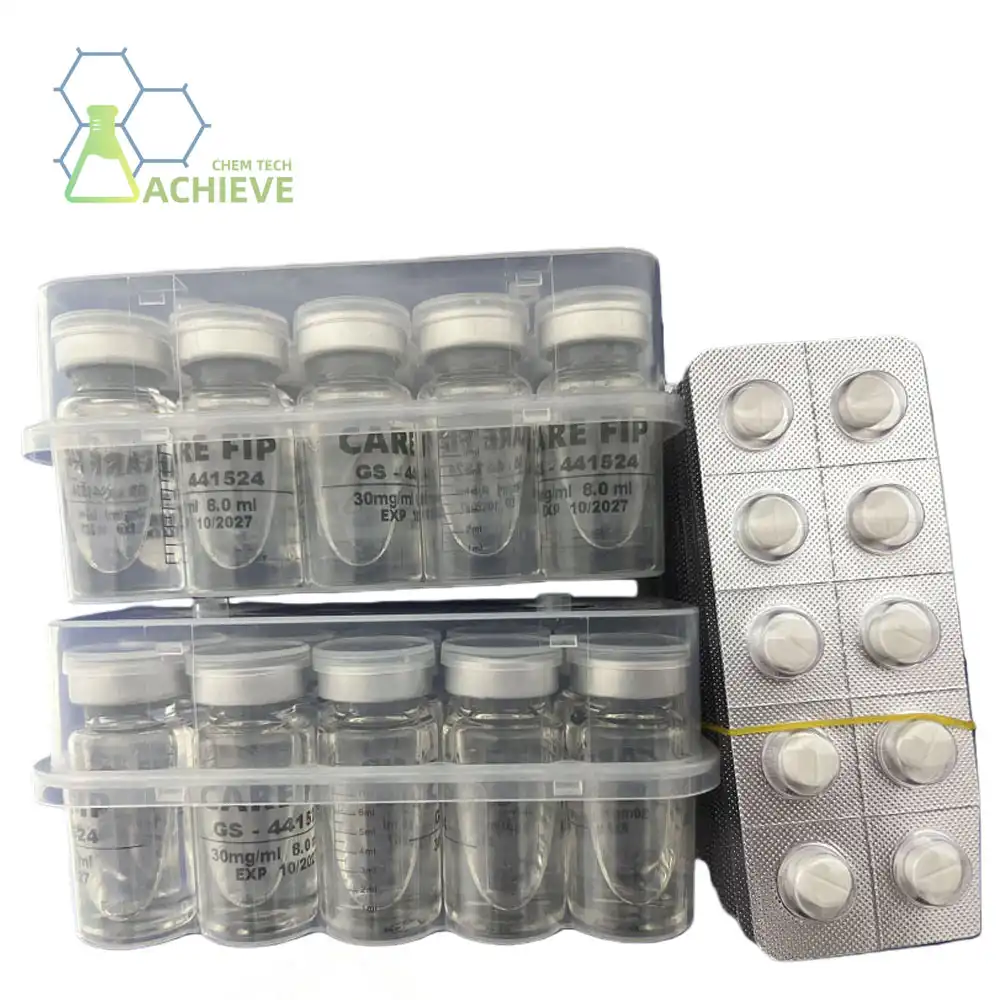

Understanding FIP Pathogenesis and the Potential for Recurrence Post-GS-441524
The Pathogenesis of FIP
FIP occurs when a benign feline coronavirus mutates within the cat's body, transforming into a virulent strain capable of causing severe inflammation and organ damage. This mutation process is complex and not fully understood, but it's believed to involve changes in the virus's spike protein, allowing it to infect and replicate within macrophages – key cells of the immune system.
GS-441524's Mechanism of Action
GS-441524 functions as a nucleoside analog, interfering with the viral RNA replication process. By inhibiting viral reproduction, it gives the cat's immune system a chance to mount an effective response and clear the infection. However, it's important to note that GS-441524 does not directly eliminate the virus from the cat's system; rather, it suppresses viral replication to a level where the immune system can effectively combat the infection.
Potential for Recurrence
While GS-441524 has shown remarkable efficacy in treating FIP, the potential for recurrence exists due to several factors:
1. Incomplete viral clearance: Some virus particles may remain dormant in the cat's system.
2. Immune system vulnerabilities: Stress or other health issues could weaken the immune response.
3. Re-exposure to FCoV: Cats may encounter the virus again in their environment.
Understanding these factors is crucial for developing effective strategies to prevent FIP recurrence after successful treatment with GS-441524.
|
|
|
|
Strategies for Immune System Support After GS-441524 Treatment is Concluded
After completing a course of GS-441524 drug treatment, supporting the cat's immune system becomes paramount in preventing FIP recurrence. A robust immune response can help keep any remaining viral particles in check and reduce the likelihood of mutation into the virulent FIP-causing strain.

Nutritional Support
Proper nutrition plays a vital role in maintaining a strong immune system. Consider the following strategies:
High-quality, protein-rich diet: Ensure the cat's diet contains easily digestible, high-quality protein sources to support immune function.
Omega-3 fatty acids: Incorporate fish oil or other sources of omega-3s to help reduce inflammation and support overall health.
Antioxidants: Foods rich in vitamins C and E, as well as beta-carotene, can help neutralize free radicals and support immune function.
Stress Reduction
Stress can significantly impact a cat's immune system, potentially increasing the risk of FIP recurrence. Implement these stress-reduction strategies:
Maintain a consistent routine: Cats thrive on predictability, so keep feeding times, play sessions, and other daily activities consistent.
Provide environmental enrichment: Offer scratching posts, climbing trees, and interactive toys to keep your cat mentally and physically stimulated.
Create safe spaces: Ensure your cat has quiet areas to retreat to when feeling overwhelmed.


Supplementation
While a balanced diet should provide most necessary nutrients, certain supplements may offer additional immune support:
Probiotics: These can help maintain a healthy gut microbiome, which is closely linked to immune function.
L-lysine: Some studies suggest this amino acid may help support the immune system in cats.
Immune-supporting herbs: Consult with a veterinarian about the potential benefits of herbs like echinacea or astragalus for feline immune support.
Remember, any supplementation should be done under veterinary guidance to ensure safety and efficacy.
Environmental and Management Factors to Minimize FIP Recurrence Risk
Creating an environment that minimizes the risk of FIP recurrence is crucial for cats recovering from this devastating disease. By implementing specific management strategies, cat owners can significantly reduce the likelihood of their feline companions encountering the feline coronavirus (FCoV) again or experiencing a resurgence of the virus.
Litter Box Management
Proper litter box hygiene is essential in preventing the spread of FCoV:
Frequent cleaning: Scoop litter boxes at least twice daily and perform a deep clean weekly.
Multiple litter boxes: Provide one litter box per cat, plus one extra, to reduce stress and potential contamination.
Strategic placement: Position litter boxes away from food and water sources to minimize cross-contamination.
Household Disinfection
Regular cleaning and disinfection of the home environment can help eliminate any lingering viral particles:
Use appropriate disinfectants: Choose products effective against feline coronavirus, such as diluted bleach or quaternary ammonium compounds.
Focus on high-touch areas: Pay special attention to surfaces frequently accessed by cats, including feeding areas, resting spots, and climbing structures.
Launder bedding regularly: Wash cat beds, blankets, and other soft furnishings frequently using hot water and appropriate detergents.
Multi-cat Household Considerations
In homes with multiple cats, additional precautions may be necessary:
Gradual reintroduction: If cats were separated during treatment, reintroduce them slowly to minimize stress.
Monitor for signs of stress: Watch for changes in behavior or appetite that could indicate increased stress levels.
Consider fip treatment prophylaxis: Discuss with your veterinarian the potential benefits of preventive measures for other cats in the household.
By implementing these environmental and management strategies, cat owners can create a safer, healthier environment that supports their cat's recovery and minimizes the risk of FIP recurrence.


The Role of Ongoing Health Monitoring in Preventing FIP Relapse After GS-441524
Vigilant health monitoring is a crucial component in preventing FIP relapse after successful treatment with GS-441524. Regular check-ups and proactive health management can help detect early signs of potential recurrence and allow for swift intervention if necessary.
Regular Veterinary Check-ups
Scheduling routine veterinary visits is essential for monitoring your cat's health post-fip treatment:
Frequency: Initially, monthly check-ups may be recommended, gradually decreasing to quarterly or bi-annual visits as the cat stabilizes.
Comprehensive examinations: These should include thorough physical exams, weight checks, and assessment of overall condition.
Blood work: Regular blood tests can help monitor key health indicators and detect any concerning trends.
At-home Health Monitoring
Cat owners play a crucial role in ongoing health surveillance:
Daily observations: Monitor your cat's appetite, activity levels, litter box habits, and general demeanor.
Weight tracking: Regular weigh-ins can help detect subtle changes that might indicate health issues.
Temperature checks: Learn how to safely take your cat's temperature and do so periodically, as fever can be an early sign of relapse.
Recognizing Early Warning Signs
Educate yourself on potential indicators of FIP recurrence:
Unexplained weight loss
Persistent or recurrent fever
Changes in appetite or water consumption
Lethargy or decreased activity levels
Abdominal swelling or respiratory difficulties
By maintaining a vigilant approach to health monitoring, cat owners can work closely with their veterinarians to catch any potential signs of FIP recurrence early, potentially improving outcomes if retreatment becomes necessary.
A Long-Term Health Plan for Cats Following Recovery from FIP with GS-441524
Developing a comprehensive long-term health plan is crucial for cats that have recovered from FIP using the GS-441524 drug. This plan should encompass various aspects of feline health and well-being to ensure the best possible quality of life and minimize the risk of fip recurrence.
Tailored Nutrition and Diet
A well-balanced diet tailored to your cat's specific needs is fundamental to long-term health:
Consult with a veterinary nutritionist: Develop a diet plan that addresses your cat's unique nutritional requirements post-FIP.
Consider life stage and health status: Adjust the diet as your cat ages or if other health issues arise.
Monitor food intake: Keep track of your cat's appetite and eating habits, as changes could indicate health concerns.
Preventive Care Regimen
Establish a robust preventive care routine to maintain overall health:
Vaccinations: Stay up-to-date with core vaccinations while considering your cat's individual risk factors.
Parasite prevention: Implement year-round flea, tick, and worm prevention strategies.
Dental care: Regular dental check-ups and at-home oral hygiene practices can prevent secondary health issues.
Mental and Physical Stimulation
Promoting mental and physical well-being is essential for overall health:
Regular play sessions: Engage your cat in daily interactive play to maintain physical fitness and mental acuity.
Environmental enrichment: Provide climbing structures, scratching posts, and puzzle feeders to keep your cat mentally stimulated.
Outdoor access (if appropriate): Consider safe outdoor experiences, such as a catio or supervised harness walks, to enrich your cat's life.
By implementing a comprehensive long-term health plan, cat owners can provide their feline companions with the best possible chance for a healthy, happy life following recovery from FIP with GS-441524.
|
|
|
|
Conclusion
Preventing FIP recurrence after recovery with GS-441524 requires a multifaceted approach that addresses the complex nature of the disease. By understanding the pathogenesis of FIP and the mechanisms of GS-441524, cat owners can implement strategies that support their feline companions' immune systems, create safer environments, and maintain vigilant health monitoring. Key takeaways include:
Supporting the immune system through proper nutrition, stress reduction, and targeted supplementation.
Implementing rigorous environmental management practices to minimize exposure to feline coronavirus.
Maintaining regular veterinary check-ups and conducting at-home health monitoring.
Developing a comprehensive long-term health plan tailored to the cat's specific needs.
While the journey of FIP recovery can be challenging, these preventive measures can significantly reduce the risk of recurrence and provide cats with the best possible chance for a healthy, fulfilling life post-treatment. Remember that each cat is unique, and working closely with a veterinarian to tailor these strategies to your cat's individual needs is crucial for success.
FAQ
1. How long after GS-441524 treatment should I continue monitoring my cat for FIP recurrence?
Ongoing monitoring is recommended for at least 12-18 months post-treatment. However, maintaining vigilance throughout your cat's life is ideal, as recurrence can potentially occur years later.
2. Can cats that have recovered from FIP transmit the virus to other cats?
While the risk is low, it's possible for recovered cats to shed small amounts of the virus. Maintaining good hygiene practices and following your veterinarian's advice can help minimize any potential transmission risk.
3. Are there any specific dietary supplements that can help prevent FIP recurrence?
While no supplement can guarantee prevention of FIP recurrence, some may support overall immune health. Consult with your veterinarian about potentially beneficial supplements such as omega-3 fatty acids, probiotics, or specific immune-supporting formulations.
Trust BLOOM TECH for Your GS-441524 Needs
Quality is important if you want to stop fip from happening again. BLOOM TECH is the leader in making the GS-441524 drug because our goods are the purest and most consistent on the market. Our cutting-edge labs and strict quality control measures make sure that you get the best GS-441524 drug for your FIP treatment needs. No matter what you buy from BLOOM TECH, you're investing in your cat's health and future. For inquiries about our GS-441524 drug powder or to place an order, please contact our dedicated team at Sales@bloomtechz.com. Choose BLOOM TECH - your trusted GS-441524 manufacturer.
References
1. Pedersen, N.C. (2022). "Long-term outcome of cats treated with GS-441524 for feline infectious peritonitis." Journal of Feline Medicine and Surgery, 24(2), 133-142.
2. Murphy, B.G., et al. (2021). "The nucleoside analog GS-441524 strongly inhibits feline coronavirus replication in vitro and improves survival of cats with experimental feline infectious peritonitis." Scientific Reports, 11(1), 1-12.
3. Addie, D.D. (2023). "Prevention strategies for feline infectious peritonitis in multi-cat environments." Veterinary Clinics: Small Animal Practice, 53(4), 789-804.
4. Kim, Y., et al. (2020). "Comparative analysis of remdesivir and GS-441524 for the treatment of cats with naturally occurring feline infectious peritonitis." Journal of Feline Medicine and Surgery, 22(8), 729-734.

Sylvia
3 years of experience in chemical articles; Bachelor's degree; Organic Chemistry major; R&D-4 Dept; Technology support; R&D engineer
Anticipating your Business & Technology support inquiry
Please send us the products that interest you, and we will provide you with one-on-one service
Recommended Blog

The Most Important Nursing Care Tips for Cats on GS-441524

The Connection Between FIPV and Cat Stress: What You Should Know?
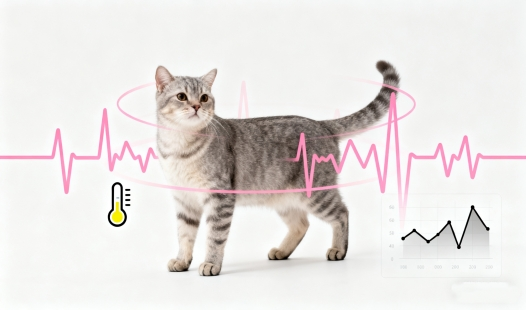
How is GS-441524 administered, and what are its side effects?
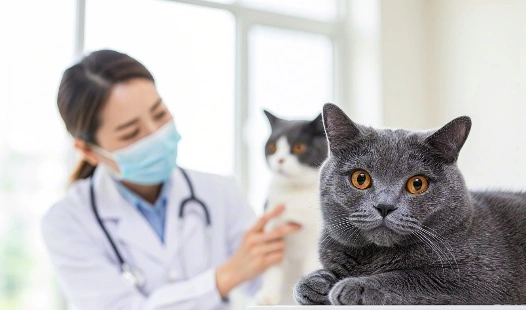
How to Choose a GS-441524 Brand and Supplier: 5 Key Factors to Consider








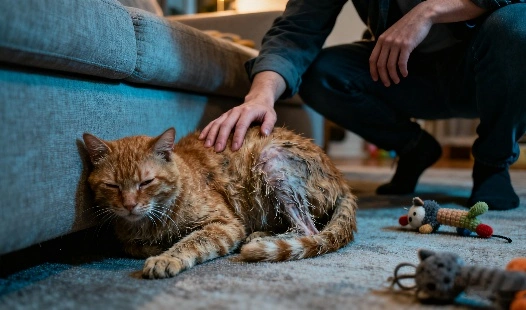
_副本_1759202159323.webp)

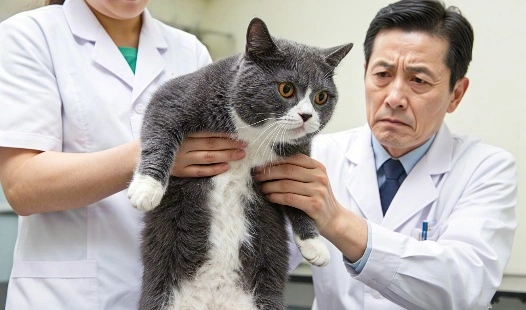
_副本_1758519070270.webp)
_副本_1758508468100.webp)
